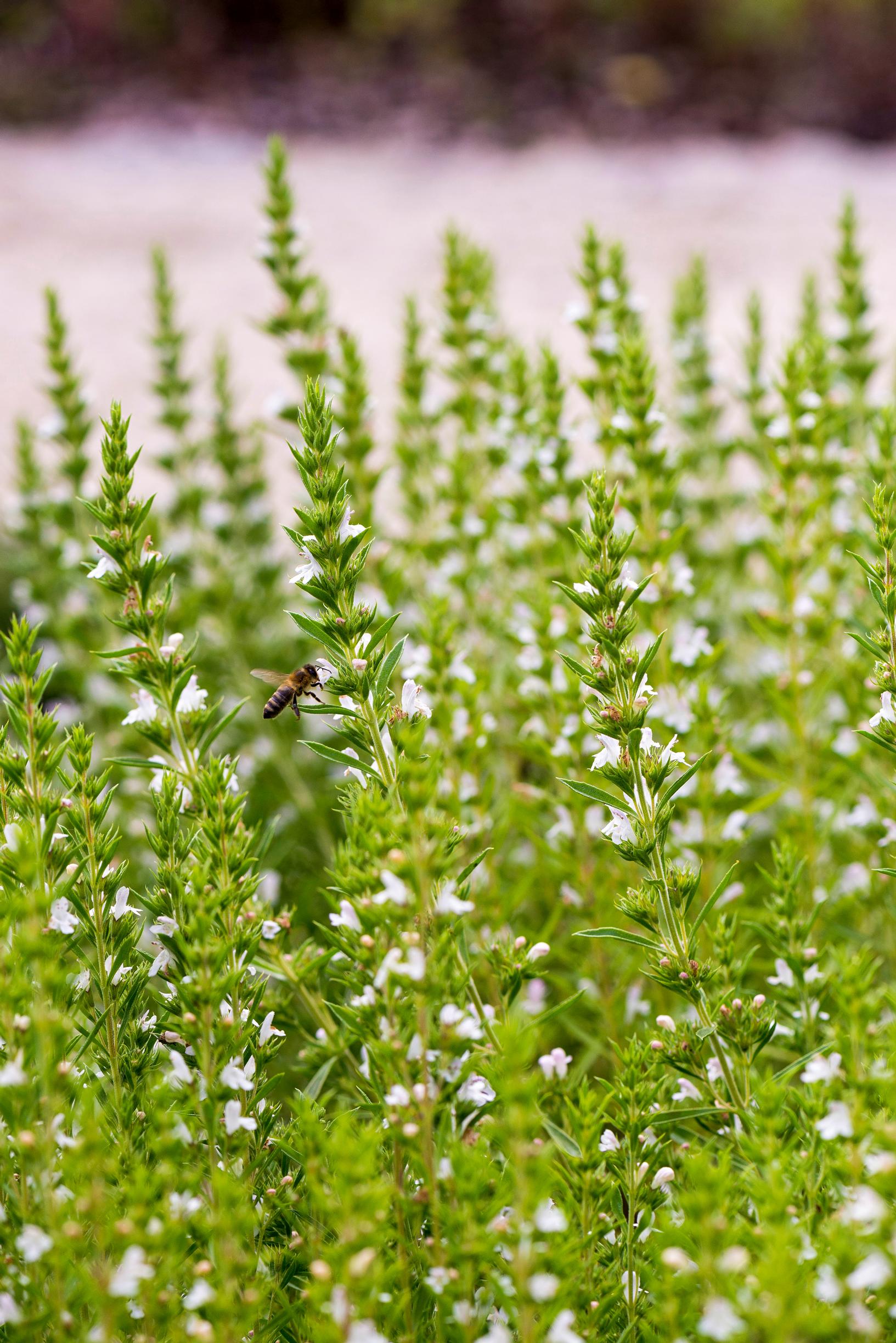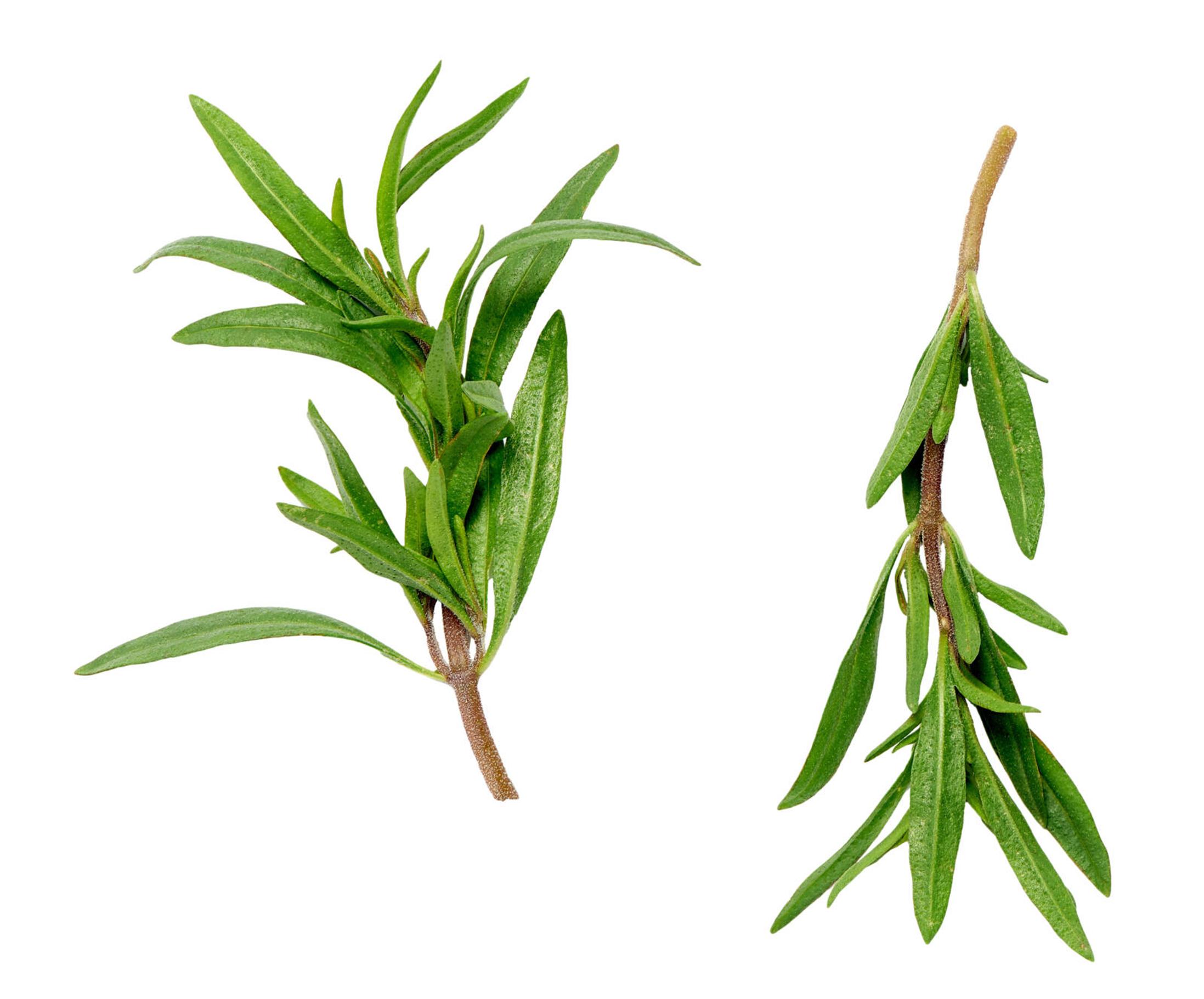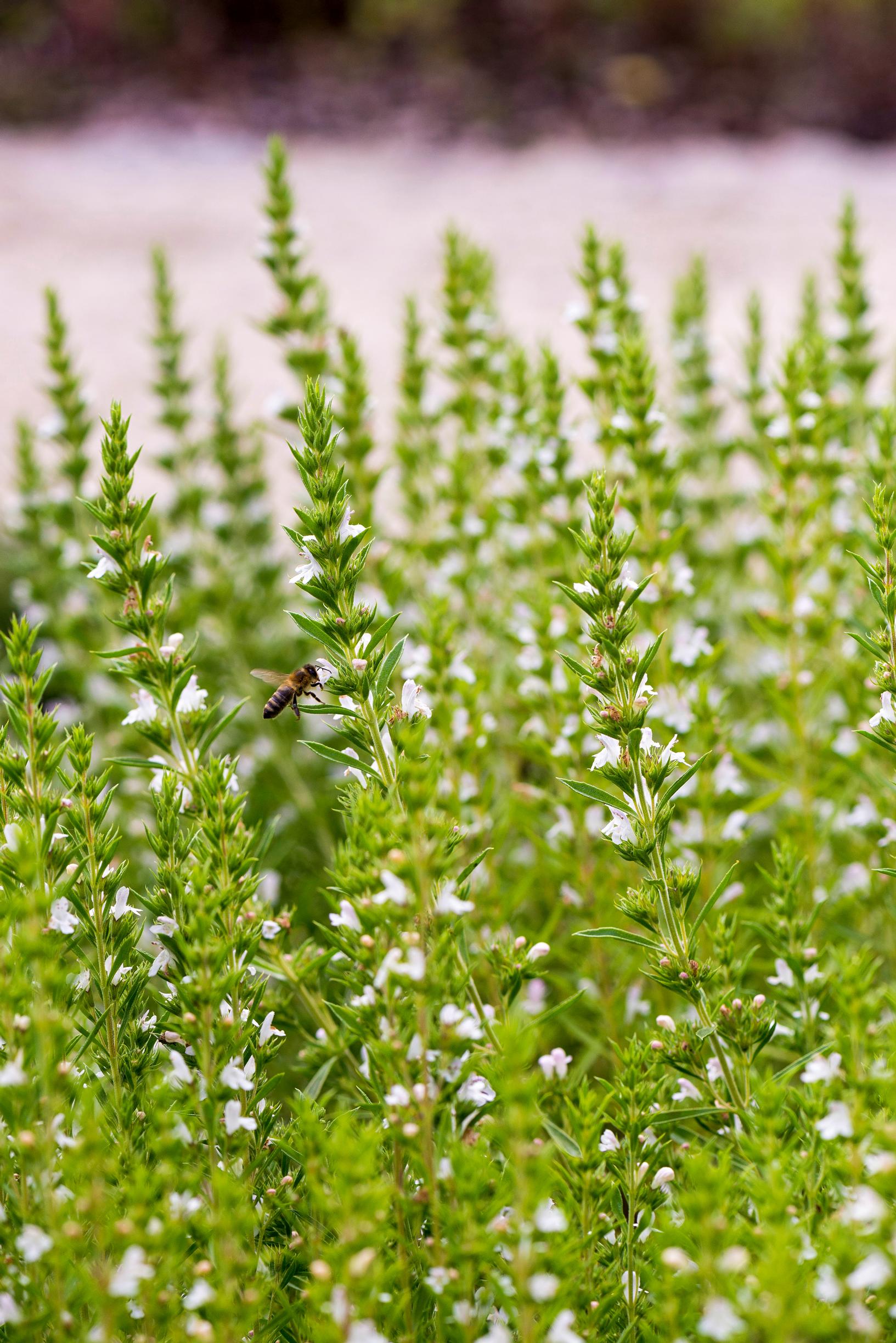
Growing savory in the ground or in pots—this easy herb is a great substitute for salt and pepper
You can sow the annual summer savory directly into the garden, although winter savory takes a bit more effort. Savory also grows happily in pots on a windowsill, balcony, or in the greenhouse, writes horticulturist Outi Tynys.
The annual summer savory is a fast-growing, easy-care herb that can be started indoors or sown directly outside in spring. The perennial winter savory is evergreen, but its ability to overwinter is uncertain. It can be propagated from seed or cuttings.
Growing savory from seed or transplants
Savory enjoys a sunny spot outdoors in loose, lime-rich, moderately fertile soil. Summer savory isn’t picky about soil.
Sow summer savory seeds in a broad row once the soil has warmed to about 10 °C. Leave roughly 30 cm between rows. Savory grows quickly, so if needed you can resow after a few weeks.
Buy ready-grown winter savory plants if you’re starting in later in the summer. Seeds should be sown indoors in spring (germination usually takes 2–3 weeks). Set the plants out about 30 cm apart once the frosts are over.
Caring for savory and harvesting it
Mulch the soil surface with straw, green clippings, or another mulch so the leaves stay clean. Harvest young shoots throughout the summer.
Cut the main crop for drying just before flowering or at the very start of bloom. Dry the stems at room temperature or at no more than 35 °C. Leave some winter savory plants to flower and set seed for the following year. Plants that overwinter indoors or outdoors can be propagated from cuttings in spring.

Growing savory—help winter savory make it through the winter
Winter savory is fairly tender—in Finland, it overwinters most reliably in southern and south-western parts of country. It tolerates drought well but dislikes winter wet.
Trim shoots only until late summer; after that, just pick small sprigs. Late pruning weakens its winter hardiness.
Mulch the soil surface with, for example, fallen leaves. In snow-free, frosty winters, cover the plant with garden fleece, winter-protection peat, or spruce branches. You can also move a potted plant to a cool spot for the winter.
Prune overwintered winter savory in spring to keep it vigorous. Shield the evergreen foliage from the drying spring sun with spruce branches, for instance.
Savories are a great stand-in for salt and pepper. Try them in soups and casseroles.
Where can you get savory seeds?
Seeds are almost always sold under the species name alone. Of summer savory (Satureja hortensis) there are a few cultivars available, such as ‘Pikanta’ and ‘Saturn’.
Of winter savory (Satureja montana) there is a lemon-flavored form and a dense-growing subspecies.
The third species commonly referred to as savory is the strongly lemon-scented and flavored lemon savory (Micromeria biflora, formerly Satureja biflora), which can be overwintered in a cool place. Seed for sowing is hard to come by here, but the plant usually ripens seed outdoors as well.



